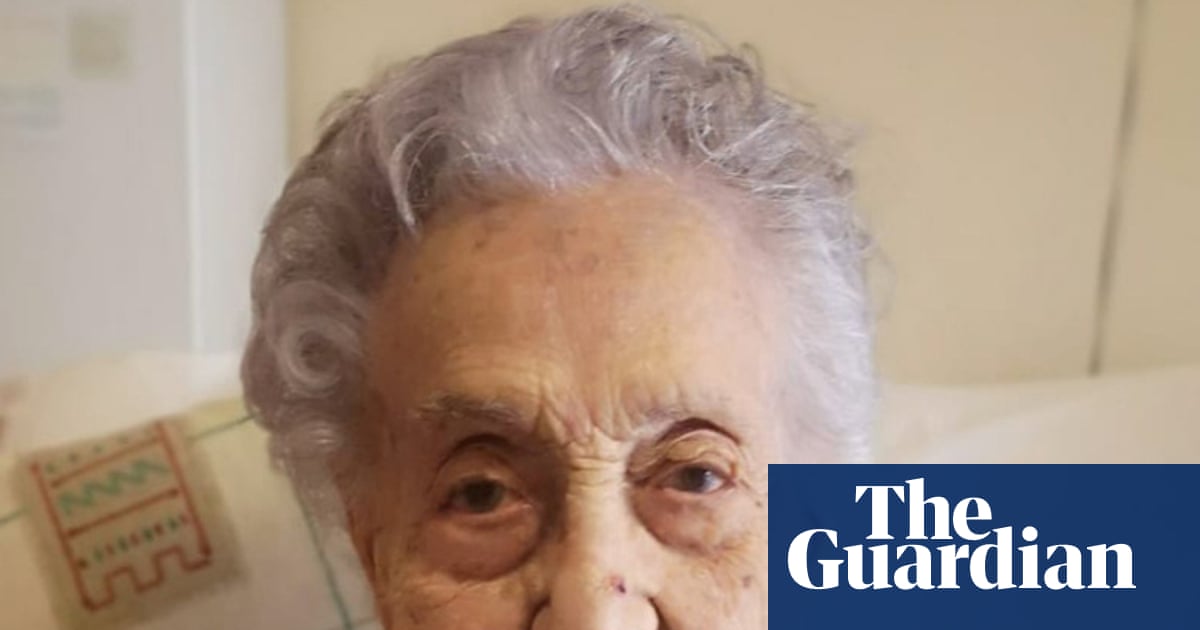A
What happened
Maria Branyas Morera, the world's oldest person before her death at 117, provided scientists with valuable insights into aging and health. Researchers at the Josep Carreras Leukaemia Research Institute conducted comprehensive tests on her blood, saliva, and other samples, uncovering biological factors that protected her from common age-related diseases. Despite showing signs of extreme old age, Branyas had genetic variants that safeguarded her heart and brain, low inflammation levels, and efficient metabolism. Her telomeres, typically associated with cancer risk, were short, potentially limiting cell division. Additionally, her gut microbiome was notably youthful. Lifestyle factors, including a healthy diet and strong social connections, also played a crucial role in her longevity. The findings aim to guide future treatments for healthier aging.
★
Key insights
-
1
Genetic Insights
Branyas had gene variants that protected her from diseases.
-
2
Inflammation Levels
Low inflammation reduced her cancer and diabetes risk.
-
3
Gut Microbiome
Her gut microbiome was youthful, contributing to her health.
-
4
Lifestyle Factors
Healthy diet and social connections supported her longevity.
Takeaways
The study of Maria Branyas Morera's life may lead to advancements in promoting healthy aging.

